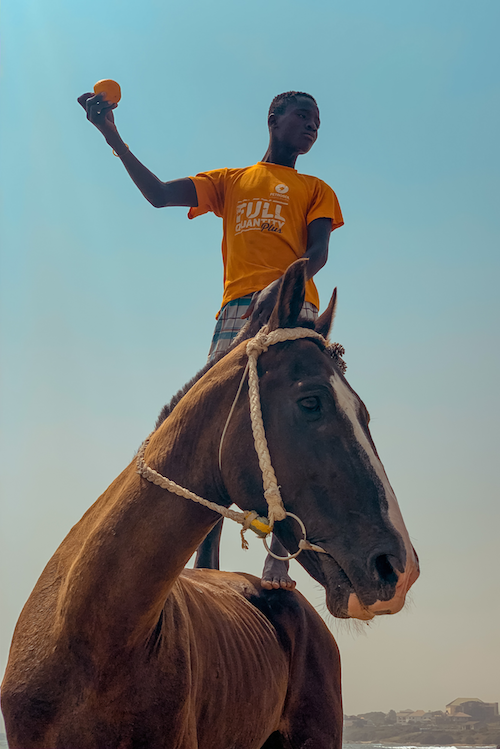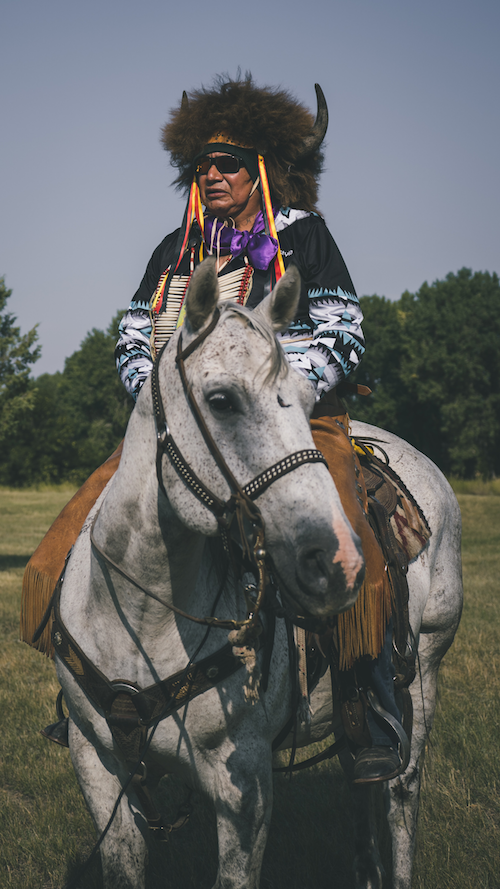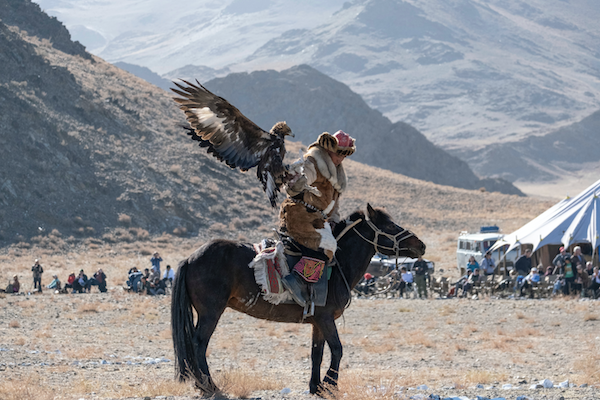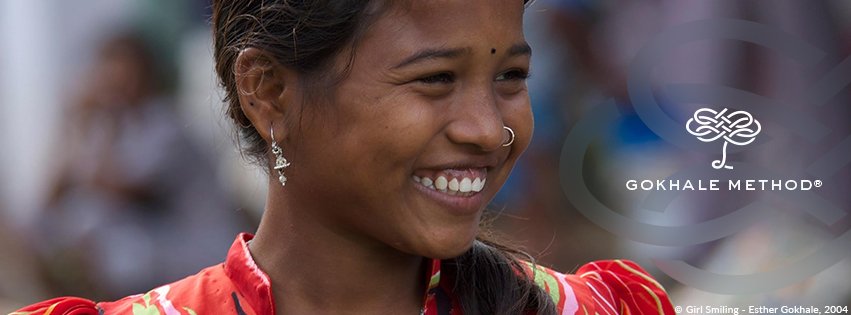
The single focus of many back pain interventions can be described as a “one-trick pony.” Image courtesy Nikki Jeffrey on Unsplash.
Many back pain interventions could be described as having a single, dominant approach: cortisone injections into inflamed tissue, insertion of acupuncture needles to open flow in meridians, “adjustments,” medications for reducing pain, etc. Of course, each of these interventions has complexity and nuance in theory and practice, but the vast majority of existing interventions have a single focus. To put it somewhat crassly, they could be described as one-trick ponies. And I’ve wondered if this is perhaps related to why most approaches to back pain are so ineffectual (see data on HealthOutcome.org).
A three-trick pony
In our method, we’ve never been less than a 3-trick pony, the three “tricks” being intellectual, visual, and kinesthetic ways of guiding the body’s architecture and movement patterns to a more primal configuration. Does this partially account for why we are outliers in effectiveness and efficiency in helping back pain sufferers? That’s not to diminish the core insight of our program, that there is a healthier, better way to be in our bodies and that the modern day conception of the body is skewed and contributes to decline. But additionally, our multi-faceted, coordinated approach helps this diamond in the rough be accessible, persist, and bring delight.

Unlike many other back pain interventions, our “pony” has more than one “trick” in its repertoire. Image courtesy Tobias Nii Kwatei Quartey on Unsplash.
One approach to back pain that I’ve always admired is the Alexander Technique. The Alexander Technique is similar to our approach in that it works on posture and movement patterns. But it uses kinesthetic input almost exclusively. The Alexander Technique’s “one-trick” approach lacks robust use of the images we employ in our teaching, book, website, and communications. Many students and readers also experience the intellectual framework of Alexander Technique to be abstruse and inaccessible. People tell me they feel good while they’re in an Alexander Technique lesson, but they go home and have no idea how to replicate what happened in the session.
Passively viewing images or hearing theories alone doesn’t reduce pain, of course, but alongside the kinesthetic learning, they form part of a rich and textured weave Gokhale Method students take home with them. This allows students to approach the goal of reduced pain from multiple angles simultaneously. I regularly get emails from students containing posture-related images. These students have absorbed the Gokhale Method filter and carry it with them. The method takes on a life of its own. What’s more, the good feelings are replicable outside of active instruction as they go about their life exercises.

Indigenous cultures — along with non-industrialized populations and young children — are amongthe groups we look to for inspiration and the body-knowledge which informs our method. Image courtesy Jason Rojas on Unsplash.
More “tricks”
Over the past five years, we’ve added a technological trick and a research trick to our quite talented pony’s repertoire; this has expanded the range of people who have access to our work and increased students’ trust that what they are experiencing is real.
One of our difficult-to crack nuts has been how to attract alumni to Continuing Education offerings so they can integrate techniques that require repetition and practice to remain rooted in their bodies long after their initial course has concluded. In the past year, we’ve intuited our way to several additional tricks that are addressing this challenge. The new pieces include music, dance, and art in a central role. These cultural pieces have always existed in our ecosystem, but now they are part of our core Continuing Education offering. Dance, music, and art make the weave of learning and integrating so much richer and more enjoyable. Additionally, we’re discovering a sense of community and joy building in our 1-2-3 Move program. People are naturally interested in each other, and including Q&A after each session allows that community spirit to build.

Central Asia is home to rich equestrian traditions, among them horseback falconry with golden eagles, horseback archery, and horseback gymnastics. As in our method, multiple elements combine to form a complex, impressive whole. Image courtesy Lightscape on Unsplash.
We’re also recently included exercise in our programming. It’s been wonderful to be led by a knowledgeable guide in the company of dozens of people online. This makes it fun to return.
We are delighted by the response to our new directions. And as we are always adding new enrichments, there is always more to come.



Comments
It is true your methodology
It is true your methodology is rich and deep. After taking your class where I learned kinesthetically in person I would not have been able to retain and practice the new techniques with consistency if I had not also embraced the Online University. I can watch so many wonderful videos and review at my own pace. And twice a month you offer online in person chats with you about a particular topic which is helpful. I also really value the additional commitment you have made to show up daily live via zoom and teach us. There you offer the review with pictures and mini lessons where we get to put your posture techniques in action with the aid of music and dance moves - so fun and vibrant! And now you have added the exercise programing with Eric which is another way to weave in the foundational posture techniques we have been taught. Additionally, I enjoy seeing and hearing the others participate, share their experiences and ask questions. What a great community. Thank you for this amazing gift.
The unique set of CIS-ITSM
The unique set of CIS-ITSM dumps is the easiest and the most rewarding content, you ever found on any web page. Your success is guaranteed! The questions and answers format of our dumps is rich with information and provides you also Certified Implementation Specialist - IT Service Management latest lab help, enhancing your exam skills. The content is approved by the most distinguished professionals and revised and updated by our experts on regular basis. With these brilliant features it is rated as the most worthwhile, informative and highly exam relevant. In all respects, you will find the CIS-ITSM dumps compatible to your actual preparatory needs. The language is simple and the content is engaging and easy. No more, CIS-ITSM exam is a nightmare.